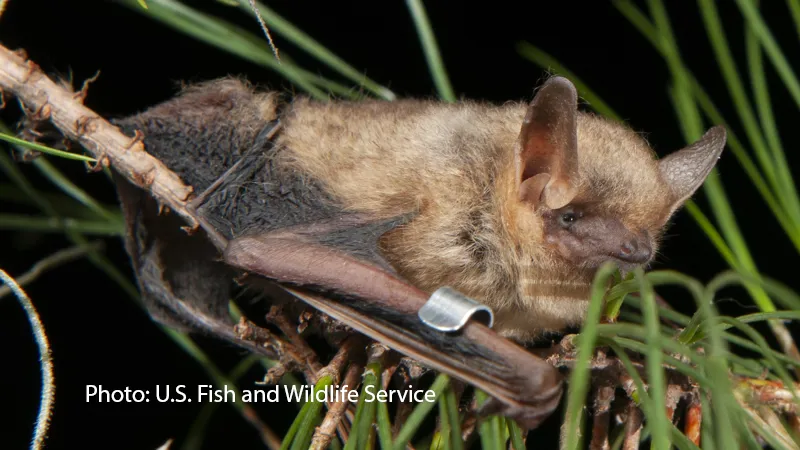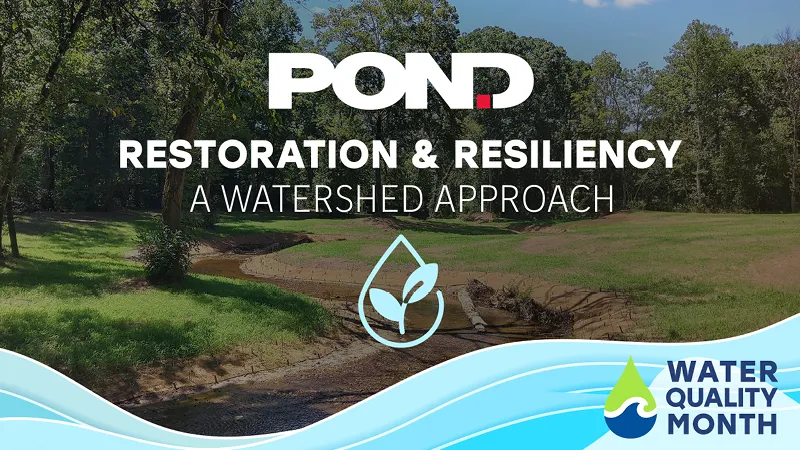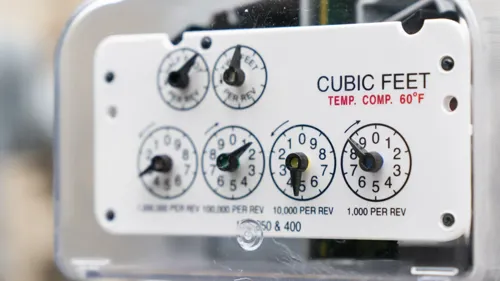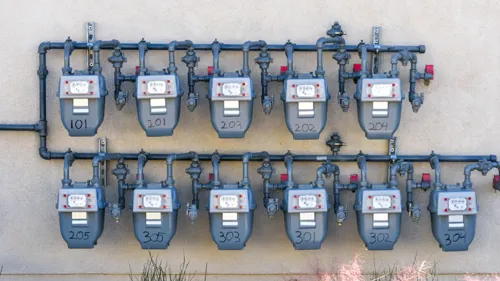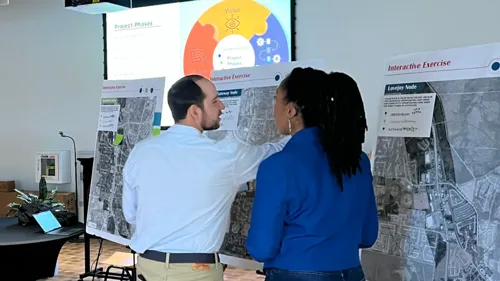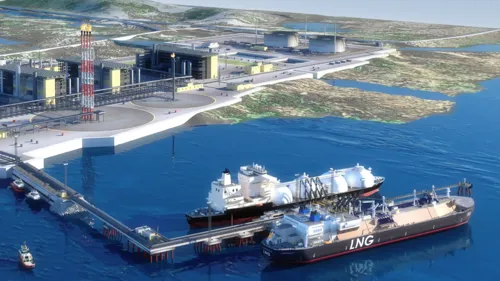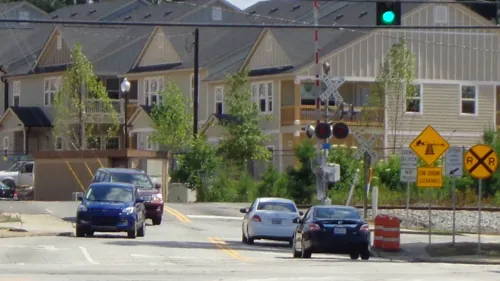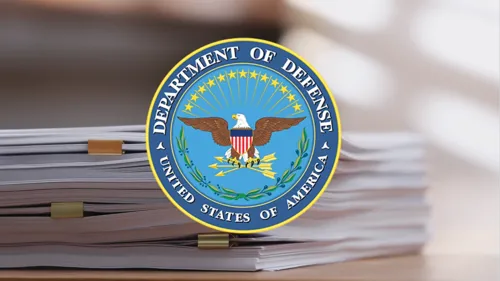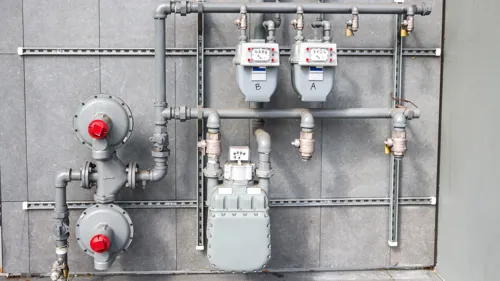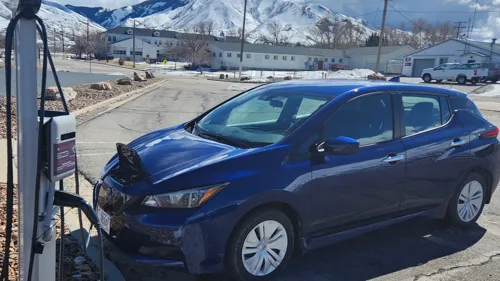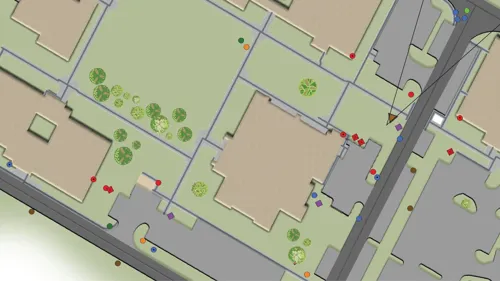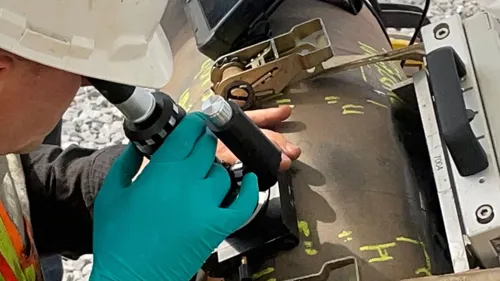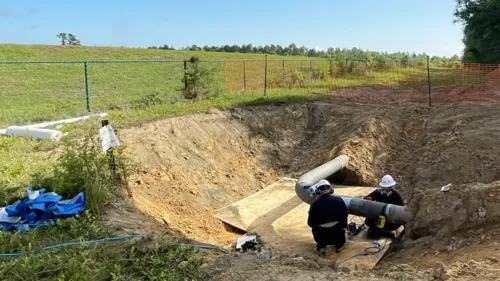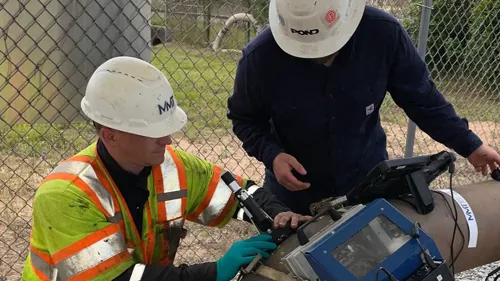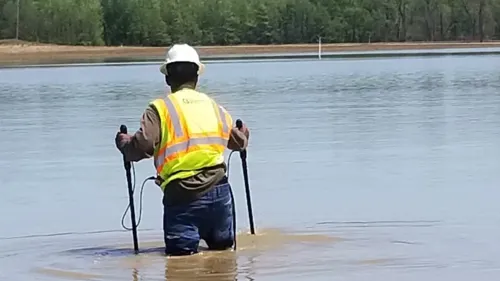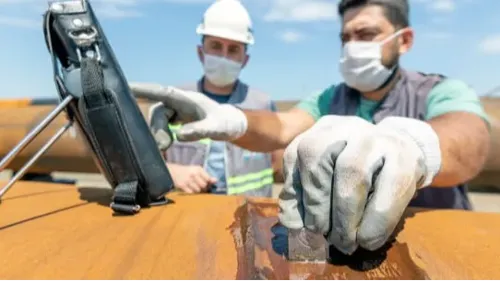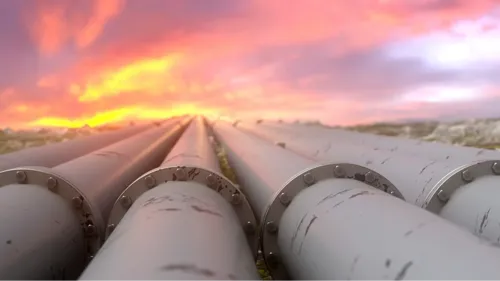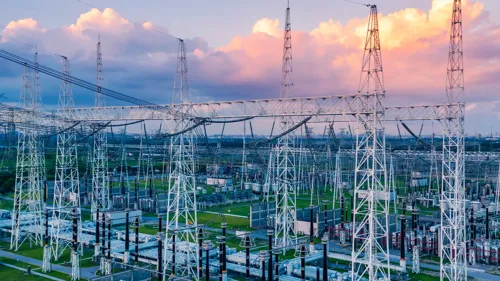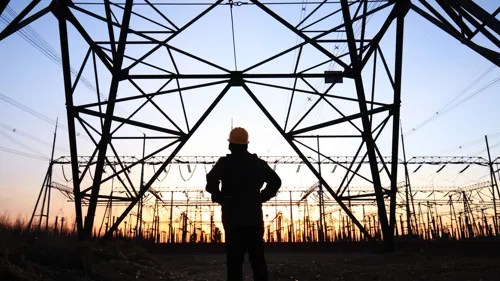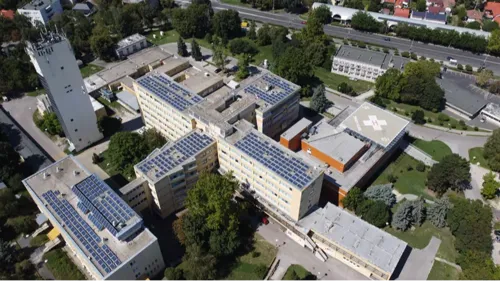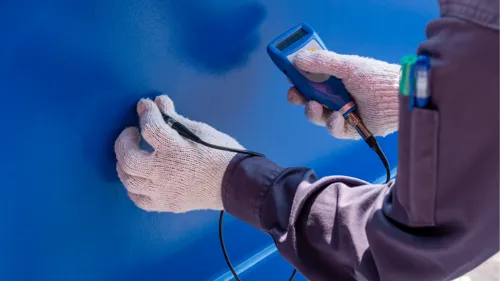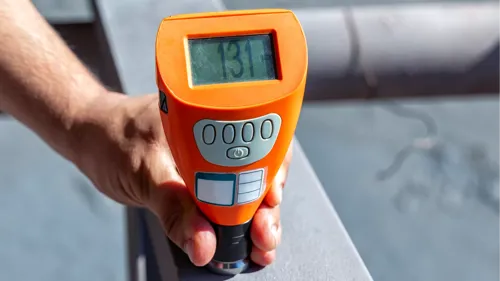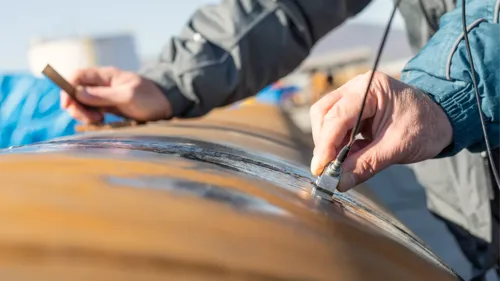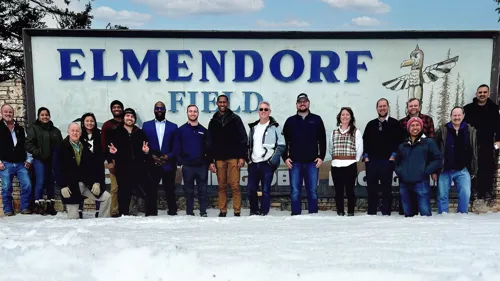Understanding PHMSA’s Notice of Proposed Rule Making for DIMP
Author:
Andy Lawton, PE | Principal - Vice President | [email protected]
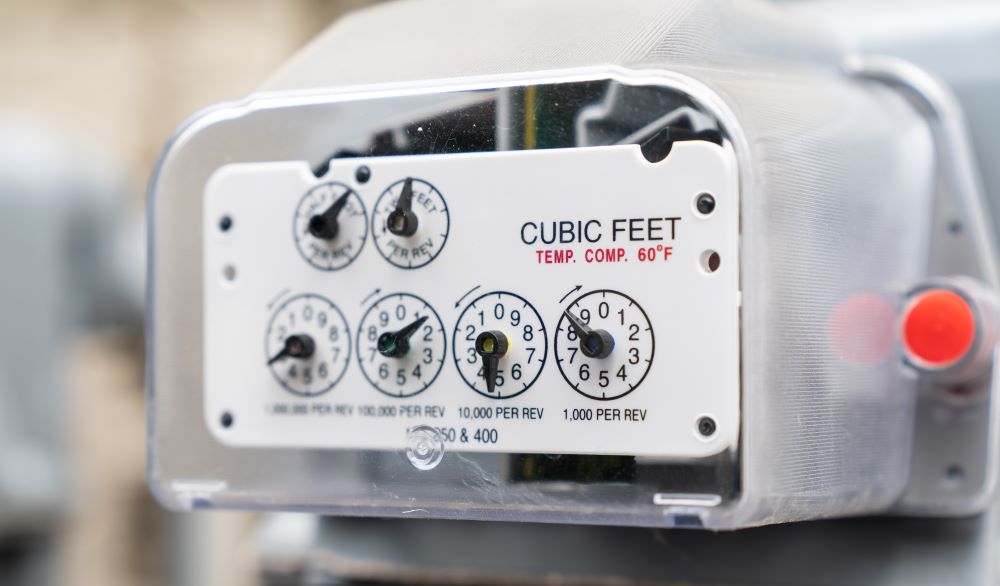
Background
In early 2023, the Pipeline and Hazardous Materials Safety Administration (PHMSA) proposed sweeping revisions to the pipeline safety regulations for natural gas distribution lines. When these are ultimately approved, natural gas operators will be required to update their distribution integrity management programs (DIMP), emergency response plans, operations and maintenance (O&M) manuals, and implement additional preventative safety practices. These code revisions aim to prevent catastrophic incidents caused by the overpressurization of low-pressure gas distribution systems.
On September 13, 2018, a low-pressure distribution network in Merrimack Valley, Massachusetts, was accidentally overpressurized after pipe replacement work occurred without a corresponding transfer of the regulator’s pressure sensing lines. The sprawling distribution network delivered gas to more than 8,000 homes within the Merrimack Valley. When the old cast iron piping was depressurized, the regulators could not detect a change in pressure and opened completely, feeding high-pressure gas from the pipeline’s main into the local distribution network. Large volumes of high-pressure gas quickly flooded into homes and caused as many as 80 individual fires. More than 50,000 residents were forced to evacuate the area immediately. One person, 18-year-old Leonel Rondon, was fatally injured.
A National Transportation Safety Board (NTSB) investigation found that the failure to properly plan and oversee a replacement project within the distribution system caused the accident. Further investigation into similar incidents found that a common cause of failure was a poor overpressure design scheme. This is especially common for older pipes and systems that can fail due to a single operator or equipment error. Unlike high-pressure systems, low-pressure gas systems are not required to have a device at each customer use point to prevent piping, fittings, or appliances from becoming overpressurized. While these incidents are infrequent, especially on distribution pipelines, their proximity to population centers can make them catastrophic.
Breakdown of NPRM for DIMP
- PHMSA’s comprehensive 59-page rulemaking proposes the following revisions to 49 CFR parts 191, 192, and 198:
- Identify potential threats to the pipeline’s safety and integrity due to factors such as material, extreme weather, age, and overpressurization.
- Update the DIMP plan for operators to include measures for overpressurization, especially for low-pressure systems.
- Evaluate and rank the risk and potential consequences of low-probability events.
- Revise emergency response plans to include written procedures for notifying Public Safety Answering Points (PSAPs) immediately in case of a pipeline-related emergency.
- Communicate pipeline specifics, operational status, and directions for the public in the event of an emergency.
- Update O&M (Operations and Maintenance) manuals to account for overpressurization.
- Establish more robust management of change (MOC) procedures for regulators, pressure monitoring locations, overpressurization protection devices, or any other changes that could impact pipeline integrity.
- Maintain accurate records of maps/schematics for regulators, valves, underground piping, set points, design capacity, valve failure position, overpressurization protection configuration, and other critical records.
- Ensure the presence of qualified personnel when a district regulator station cannot be remotely or automatically shut off.
- Provide additional protection for low-pressure distribution systems to prevent them from being compromised by a single operational or mechanical failure.
- Enforce additional inspection requirements by qualified personnel who were not involved in the construction phase.
- Establish test requirements and MAOP records that last for the entire lifespan of the pipeline, rather than just 5 years.
PHMSA also seeks to codify the use of its State Inspection Calculation Tool, which helps states determine the amount of time needed for inspections to maintain an adequate pipeline safety program. Other miscellaneous safety initiatives were outlined for part 192-regulated pipelines, such as written emergency planning, notification procedures, and inspection requirements. Finally, PHMSA proposes to apply annual reporting requirements to small, liquefied petroleum gas (LPG) operators in lieu of DIMP requirements.
How Pond Can Help
Pond provides full-service consulting for integrity management, risk assessment, pipeline design, and field services for natural gas distribution lines. In compliance with PHMSA and its expanded regulations, our experts work with natural gas operators to mitigate risks and ensure safety for the community, the environment, and nearby infrastructure. Learn more about Pond’s comprehensive PHMSA compliance expertise.

